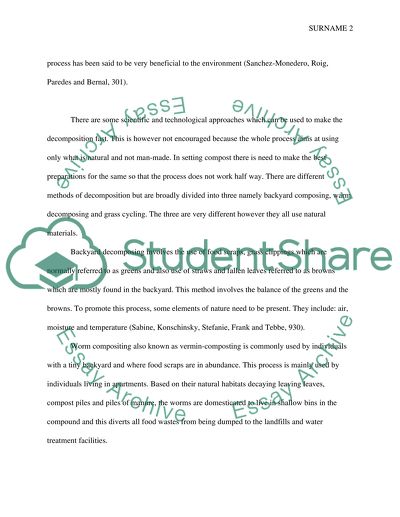Cite this document
(“A Campus wide Composting Proposal Essay Example | Topics and Well Written Essays - 2250 words”, n.d.)
Retrieved de https://studentshare.org/environmental-studies/1392576-a-campus-wide-composting-proposal
Retrieved de https://studentshare.org/environmental-studies/1392576-a-campus-wide-composting-proposal
(A Campus Wide Composting Proposal Essay Example | Topics and Well Written Essays - 2250 Words)
https://studentshare.org/environmental-studies/1392576-a-campus-wide-composting-proposal.
https://studentshare.org/environmental-studies/1392576-a-campus-wide-composting-proposal.
“A Campus Wide Composting Proposal Essay Example | Topics and Well Written Essays - 2250 Words”, n.d. https://studentshare.org/environmental-studies/1392576-a-campus-wide-composting-proposal.


